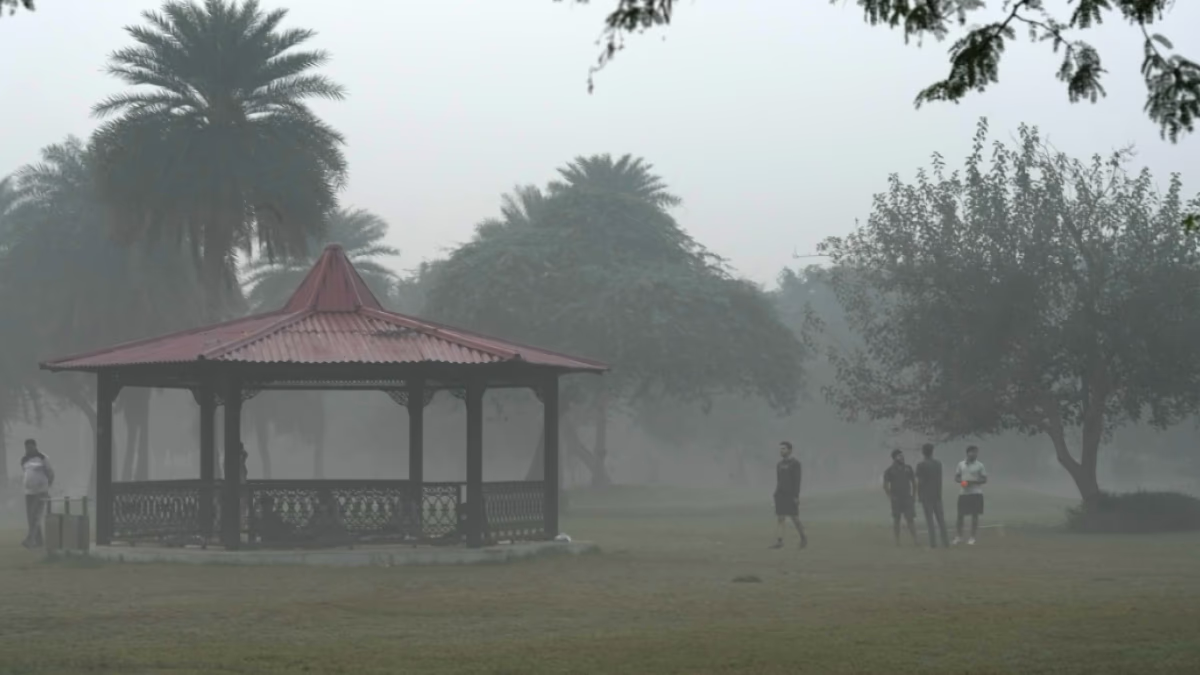From October to February, the sky often appears shrouded in a misty haze. It’s a term commonly used in everyday language. Meteorologists categorize it into different types, each known by distinct names. Essentially, when visibility reduces in the atmosphere, it is given various names such as Fog, Mist, Haze, and Smog. But why are there so many terms for this atmospheric veil? Let's explore the distinctions.
Mist and Fog
Mist and Fog occur due to water droplets in the air, differing only in how far you can see through them. Haze reflects sunlight due to air pollution, while Smog is pollution-caused lower-level ozone. Mist and Fog are related to seasonal changes, while Haze and Smog are tied to atmospheric pollution.
Mist and Fog appear when water droplets are suspended in the air and quickly cool when warm water cools rapidly, turning invisible droplets visible. They are differentiated based on visibility. In the airline industry, Fog is defined when visibility is less than 1,000 meters, while common folk consider it Fog if visibility is under 200 meters. However, there are several types of fogs. If visibility exceeds this standard, i.e., more than 200 meters for common people, it is called a mist.
Haze and Smog
While Mist and Fog involve hanging water droplets, Haze involves suspended pollution particles. Often, haze occurs far from pollution sources, carried by air currents and collects over time. For instance, smoke from crop burning in Punjab-Haryana reaches Delhi, deteriorating its air quality. Haze forms when light reflects off airborne pollution particles, impairing visibility. Haze mainly arises from smoke particles, but it’s often human-made pollution.
Discussing Smog, the term was coined in the early 20th century in London to describe the city-covering pollution. Smog causes coughing and eye irritation because it primarily consists of ozone. Pollutants react with sunlight to form ozone when they enter the air, such as nitrogen oxides. At higher atmospheric levels, it's beneficial; however, when inhaled, it can cause everything from eye irritation to chronic asthma and significantly impact agricultural productivity.
Light pollution sources like smoke from fires contain particles, yet these pollutants are often human-made.




